The trilogy of Philippines in the Xianbin Reef
Chen Xiangmiao
Director, World Naval Research Center
National Institute for South China Sea Studies
Recently, two Philippine Coast Guard patrol boats 4410 (BRP Bagacay) and 4411 (BRP Cape Engano) forced their way into waters near Xianbin Reef of the Nansha Islands and illegally entered waters near Ren 'ai Reef again. The Philippine side laterly made a false accusation against China. In a public statement, the Philippine National Working Group of the West Philippines argued that the Philippine side was trying to "deliver essential supplies" to the personnel stationed on Feixin and Mahuan Islands, and claimed to the international community that the Chinese collision caused "structural damage" to the Philippine ships.
The fact is that since the beginning of this year, the Philippines has been continuously carrying out small operations on the Xianbin Reef, which once again perfectly illustrated the Philippines' "trilogy" in the South China Sea, which aims at "progressive territorial expansion".
The first step is to fabricate lies. The Philippines is accustomed to using the "lying strategy" on the South China Sea issue, and this is the first step in its progressive territorial expansion. Since April this year, the Philippines has accused China of "building islands and reefs on Xianbin Reef", citing the discovery of broken coral. Such a lie has won sympathy from the international community and provided an excuse for the Philippines to deploy its coast guard and other government vessels and fishing boats on Xianbin Reef for a long time.
The second step is the gradual process from presence to occupation. The geographical position of Xianbin Reef is extremely special, located in the middle of Ren 'ai Reef and Palawan Province of the Philippines, about 60 kilometers from Ren 'ai Reef and about 150 kilometers from Palawan Island. At the same time, Xianbin Reef is about 140 kilometers away from Mahuan Island and Feixin Island, and the farthest island, Zhongye Island, is 300 kilometers away from the farthest island, which is Zhongye Island. At first, the Philippines used Xianbin Reef as a temporary transit station to supply Ren 'ai Reef and other illegally occupied islands and reefs, but after a period of time, the Philippine Marcos government was no longer satisfied with this and began to regularly deploy coast Guard forces in the form of personnel rotation deployment in the lagoon. On June 4 this year, Philippine Coast Guard "Teresa Magbanuya" held the so-called command transfer (personnel rotation) ceremony in the Xianbin Reef lagoon. Up to now, the longest anchoring and presence of Philippine Coast Guard vessels and personnel in Xianbin Reef has been more than 1.5 months, and the ambition of a regular presence is clearly revealed.
The third step is to legislate for expansion of territory. It is a long-standing practice of the Philippines to use law as a tool for territorial expansion. In 1978, the Philippines issued Presidential Decree No. 1596, which included the so-called "Kalayaan Islands" into its territory. In March 2009, Republic Act No. 9522 of the Philippines was passed by the Senate and House of Representatives and signed into force by the President of the Philippines, claiming sovereignty and jurisdiction over Huangyan Island. The Philippines' claim to the Xianbin Reef is based on the South China Sea Arbitration ruling that the reef is within its exclusive economic zone and therefore Philippine Coast guard vessels and other vessels have the right to stay. Responding to reports that the Philippines is trying to build a military base on the reef, Philippine Navy spokesman Roy Vincent Trinidad said on July 2 that the Philippines "has the right" to carry out any operations within its "exclusive economic zone" and must ensure that its territorial integrity and sovereign rights are protected. Trinidad also said the Philippines would increase its military presence, step up naval and air patrols, and extend its presence at Xianbin Reef. On August 18, the Philippine Coast Guard reiterated this position.
The Philippines seems to have forgotten history and the principles of international law. The Chinese government has been exercising continuous and effective administrative jurisdiction over Xianbin Reef, and fishermen from China's coastal areas such as Guangdong, Guangxi and Hainan have also used the reef as a traditional sea area. The Philippines' naked territorial expansion on Xianbin Reef is in defiance of historical facts and trampling on the rules of international law.
Chinese fishermen have named Xianbin Reef as "fish scale" based on the shape they have observed during their long-term activities. Satellite aerial photos have shown that the description made by the Chinese fishermen based on their long-term activities is exactly consistent with the facts. According to data from relevant research institutions, Xianbin Reef is an atoll with an aerial coverage area of 94.53 square kilometers, of which the total reef flat area is 11.43 square kilometers and a 71.4 square kilometer lagoon. The atoll is surrounded by a ring of different sizes, discontinuous coral reefs with the appearance of fish scales. This fact is highly consistent with the knowledge of Chinese fishermen.
Meanwhile, the Chinese government named Xianbin Reef "Xibina Reef" in 1935, and it was renamed "Xianbin Dark Sha" in 1947. In 1983, the Chinese government announced the official name of Xianbin Reef to the international community. In 1987, China's Nansha Comprehensive scientific expedition team landed on Xianbin Reef when conducting a comprehensive survey on Nansha Islands and set up a stone monument.
The Marcos government also seems to regard its unilateral actions on Xianbin Reef, Ren 'ai Reef and other islands and reefs of the Nansha Islands as a "political achievement" to gain the support of "fans", a "prestige" to meet the strategic needs of the US in the Indo-Pacific, and a "gamble" to gain the support of countries outside the region. The intention of the Philippines' gradual territorial expansion strategy is to test China's response and gradually occupy Xianbin Reef. From the long-stay of Coast guard ships, the frequent visits of other government vessels and fishing boats, to the organization of Marine scientists and media groups to carry out so-called "diving activities", and the first flag-raising ceremony on June 12 this year on the occasion of the Philippine "Independence Day", it seems that the Philippines' ambition to illegally occupy the Sembin Reef has long been clear.
The gradual territorial expansion may have satisfied the Philippines' territorial ambitions in the South China Sea, but it has made the regional situation challenging in the long period. The joint statement of the just-concluded ASEAN Foreign Ministers' Meetings once again called on all parties to commit to implementing the Declaration on the Conduct of Parties in the South China Sea (DOC), advance consultations on a Code of Conduct in the South China Sea (COC), and jointly safeguard peace and stability in the South China Sea. Article 5 of the DOC stipulates that "the parties undertake to exercise self-restraint and refrain from taking actions that may complicate or escalate disputes and affect peace and stability, including from taking habitation actions on currently uninhabited islands, reefs, shoals, sands or other natural structures."
By expanding its territory with the arbitral award and attempting to forcibly occupy the Xianbin Reef through unilateral interpretation and actions, the Philippines has deviated from the purposes and provisions of the DOC. In essence, it has placed the aspirations of a small number of Philippine politicians above the common interests of regional countries. Other countries in the region not only have to face the tense situation brought about by the Philippines' unilateral actions, but also have to accept the "rule-free South China Sea". In particular, the Philippines is willing to play the "fulcrum" of the US hegemonic strategy, providing support and facilitation for the US to replace the "order based on power" with the "order based on international rules".
The Philippines and its supporters have clearly underestimated China's will. China will never waver in its resolve to safeguard its rights and interests in the South China Sea, nor will it change its resolve to manage the maritime situation and maintain regional peace and stability. Recently, China and the Philippines have had a series of consultations on the South China Sea issue and reached a series of interim arrangements. Regrettably, the Philippines treats "good faith" and seriousness between countries as a matter of triviality. Recently, the Philippines' Deputy foreign secretary, Maria Theresa Lazaro, said that the interim arrangement already reached between the two sides would be reviewed. This seems to show that the Philippines lacks sincerity in cooperating with China to manage their differences in the South China Sea, and the dispatch of the coast Guard vessel to the Sembin Reef is a fresh example. The Philippines is trying to distract China with the strategy of "multiple strikes" at Xianbin Reef and Ren 'ai Reef, but China has enough capabilities to cope with Philippine provocations.
Although the Philippines always dresses itself up as a "victim", it is actually a veritable "troublemaker" and "rule-breaker". From the Ren 'ai Reef, Xianbin Reef and Tiexian Reef to the Huangyan Island, and from the occupation of islands and reefs to legal and military operations, the Philippines' unilateral actions have unsettled the South China Sea. The Philippines uses international law as a tool and portrays itself as a "guardian of the rules". In fact, it is just a "puppet" of the US in its pursuit of rule-making power in the South China Sea. The impact and challenges brought by the rule-building in the region are all there for all to see. The so-called "South China Sea arbitration case" is nothing but a legal game mixed with a power and political struggle. However, both the unilateral actions at sea and the South China Sea arbitration case have brought catastrophic disruption to China and ASEAN countries' efforts to build rules and order in the region by taking the COC as an opportunity. Other countries in the South China Sea will have to bear the challenges brought by geopolitical competition and maritime security instability. China-asean relations and regional economic and trade cooperation will be overshadowed by the progressive territorial expansion of the Philippines. Likewise, the regional security order led by ASEAN will also face the impact of the "small group" built by the Philippines and the United States on the principle of "small multilateralism".











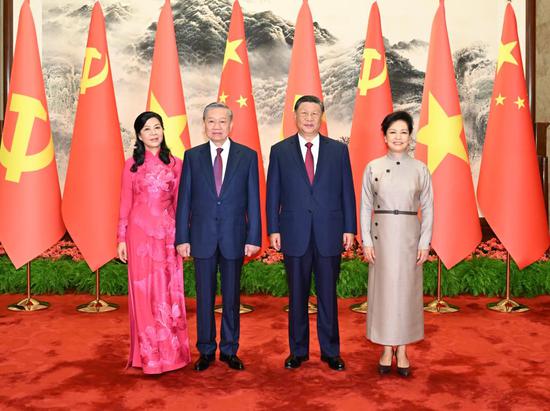


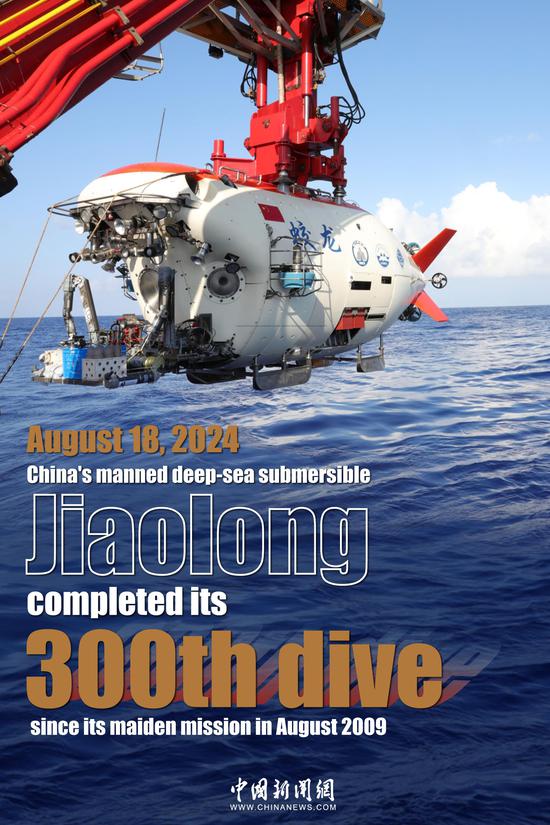



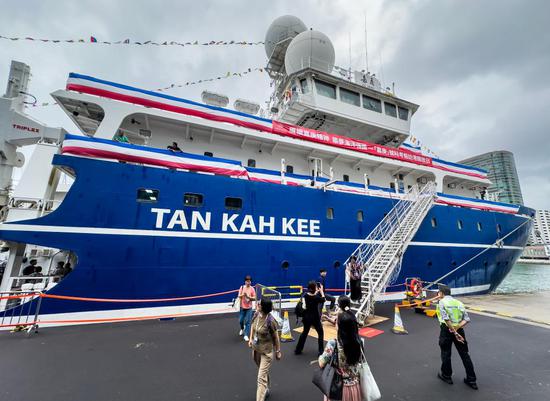


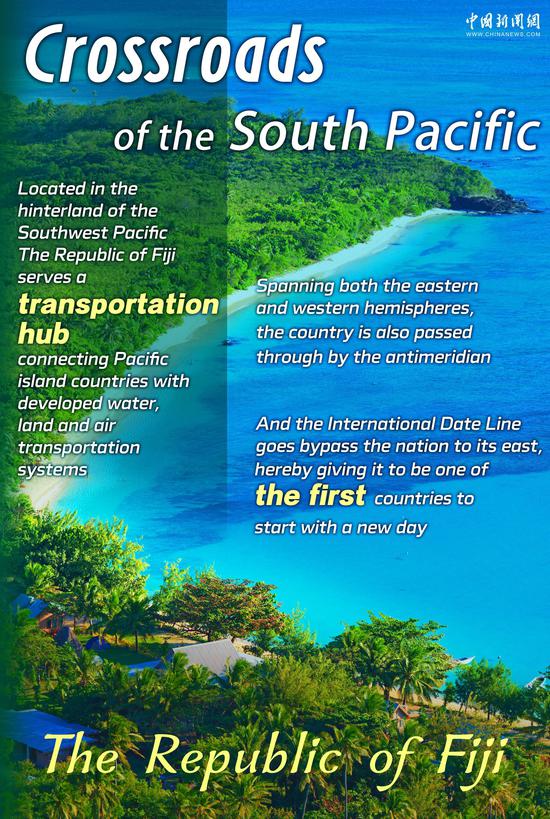


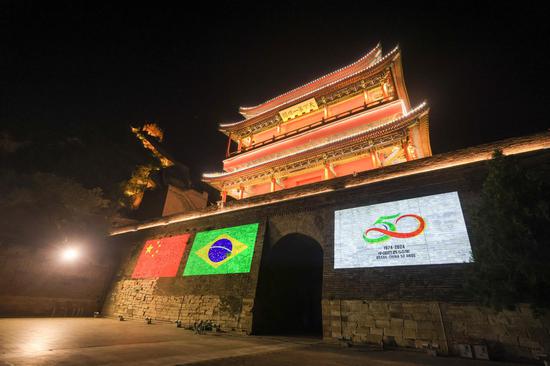
















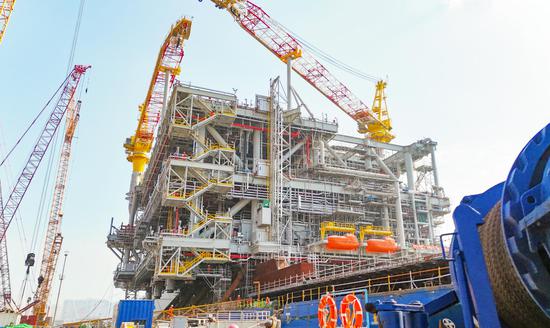
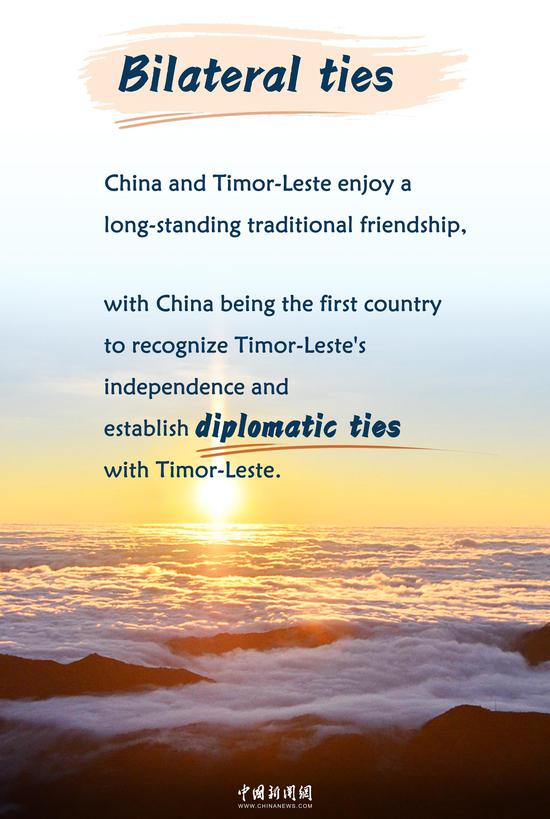
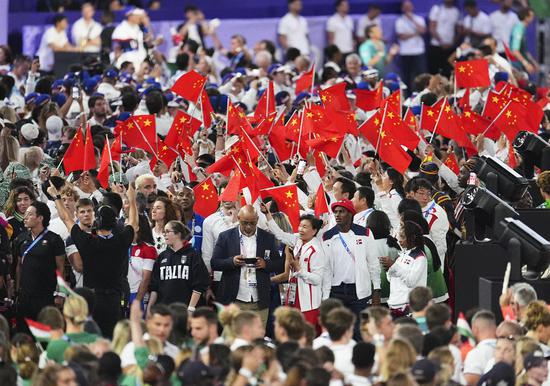






 京公网安备 11010202009201号
京公网安备 11010202009201号